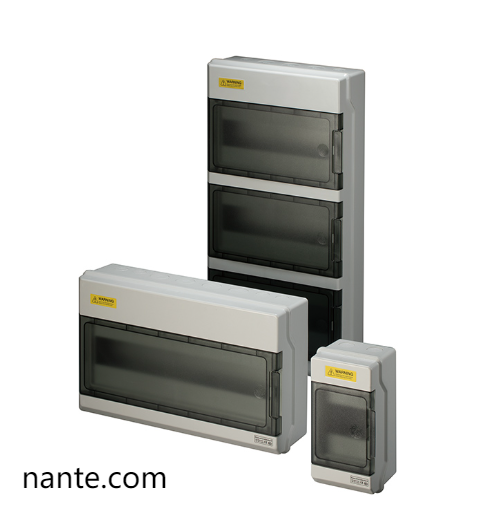As communities around the world prepare for increasingly frequent extreme weather events, from floods and typhoons to wildfires and heatwaves, the ability to respond quickly and effectively has become a priority. One vital component in this response system is the Outdoor Socket Box , which plays a crucial role in powering emergency shelters, mobile stations, and temporary communications infrastructure. As disaster response moves toward routine preparedness and community-wide drills become more common, reliable outdoor power distribution is no longer optional — it's a necessity.
In emergency scenarios, time is critical. Rapid setup of temporary shelters and essential services like lighting, medical stations, and communication units requires a power infrastructure that is both robust and easy to deploy. This is where an Outdoor Socket Box becomes essential. Unlike standard indoor systems, these units are specifically designed to withstand unpredictable outdoor conditions — they are water-resistant, dustproof, and built to endure the shocks and power surges that often come with emergency generator use or unstable grids.
Recent events have shown how vulnerable some urban and rural areas can be when power infrastructure fails. Whether in low-lying neighborhoods facing seasonal flooding or mountainous regions at risk of wildfires, having a decentralized, quickly deployable power solution makes a significant difference. Emergency management teams are now integrating socket systems into community response kits, ensuring they can power field lighting, information displays, charging stations, and communication towers without delay.
A well-designed Outdoor Socket Box contributes to a safer and more organized response area. Instead of tangled extension cords and improvised wiring, responders can rely on structured connections that reduce fire hazards and improve efficiency. These socket boxes often come equipped with features such as protective covers, weather-resistant seals, and overload protection — all of which support safer operations during high-pressure moments.
Outdoor events and community drills provide an excellent testing ground for these technologies. During routine practice scenarios, teams can simulate power cuts and test the functionality of their emergency equipment. This not only familiarizes responders with the tools at their disposal but also builds community awareness around disaster readiness. The repeated use of reliable outdoor socket systems helps develop muscle memory and confidence when actual emergencies strike.
Another advantage of a mobile Outdoor Socket Box setup is its flexibility. Units can be mounted to temporary poles, placed in waterproof cabinets, or installed on generator trailers, adapting to various terrains and response needs. From powering floodlight towers in a schoolyard shelter to running small appliances at a community aid station, these socket systems offer scalable solutions for dynamic environments.
Brands like Nante are helping communities upgrade their readiness plans with socket box solutions designed for real-world emergencies. Built with durable materials and structured for quick deployment, their outdoor power units support disaster relief operations where continuity matters most. Whether it's a temporary generator feeding power into a relief center or a mobile base station keeping communication lines open, Nante's equipment is becoming part of the foundation of reliable disaster response planning.
If your organization or community is looking to strengthen its emergency infrastructure, integrating outdoor power solutions can significantly enhance coordination, safety, and speed of deployment. Explore Nante's full line of outdoor power distribution systems and socket boxes to see how they can support your long-term resilience goals. Visit www.nante.com to learn more about options that align with your preparedness strategy.
